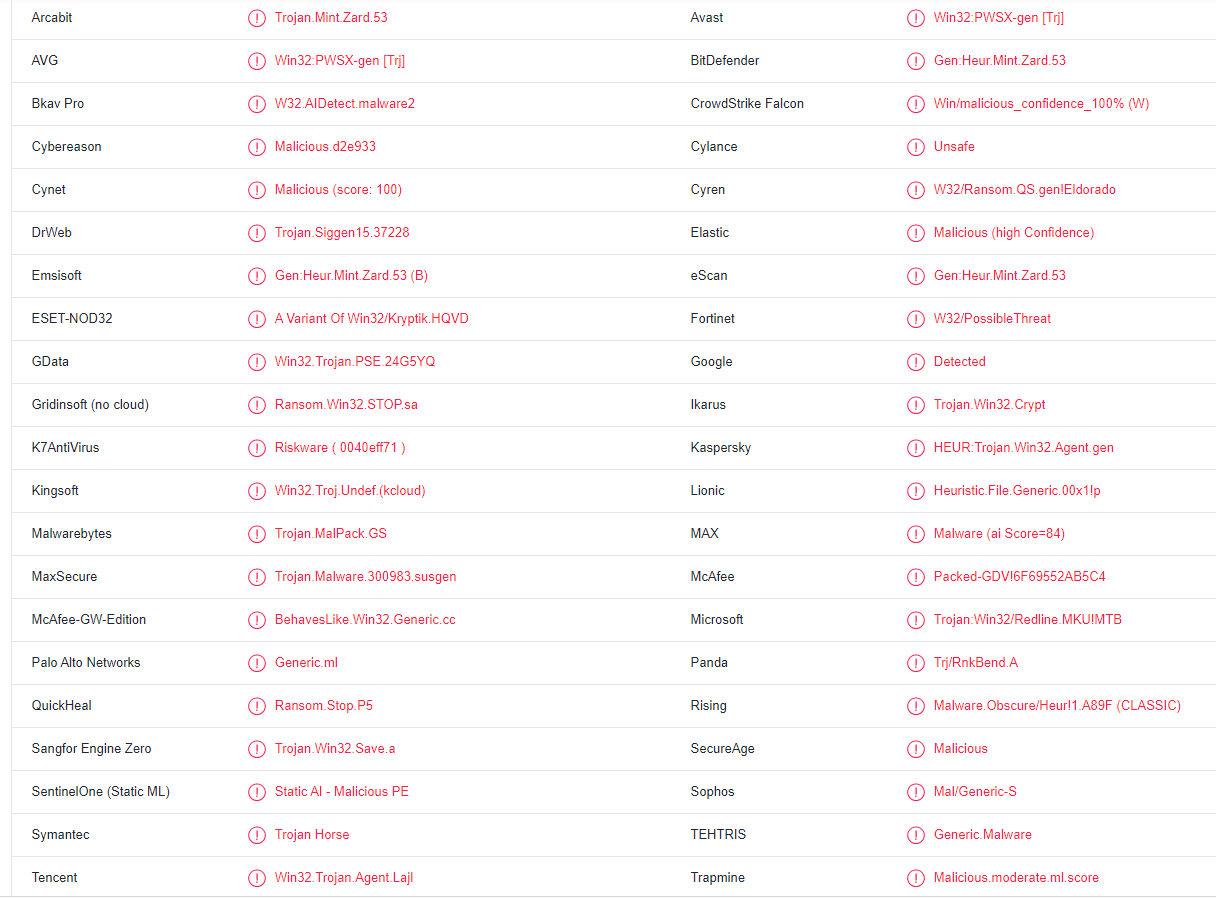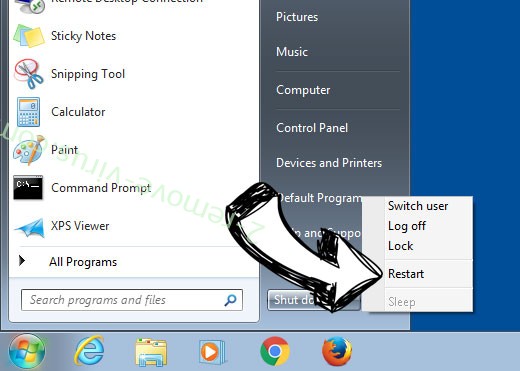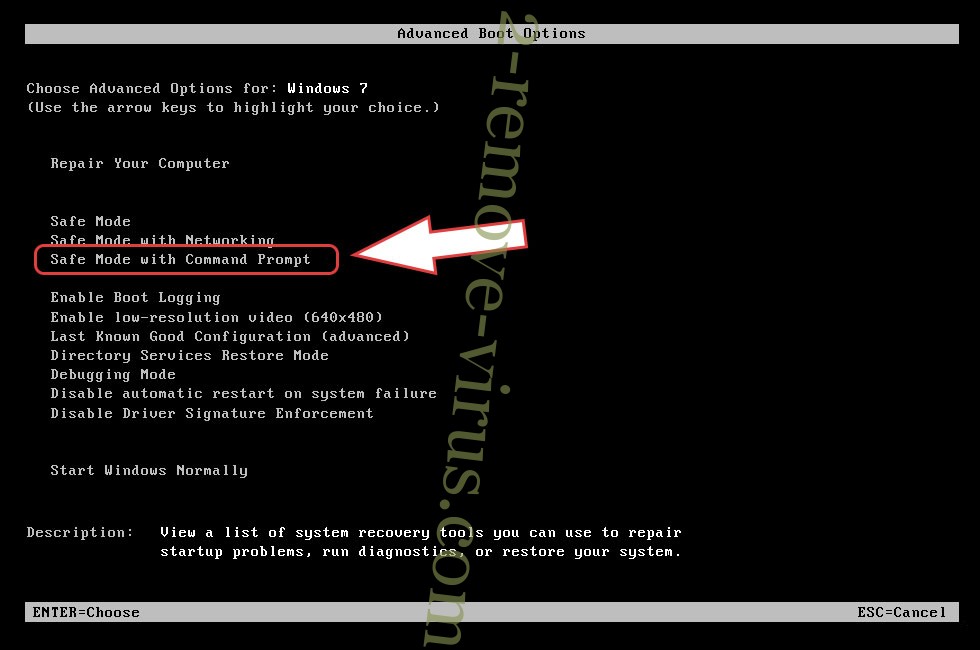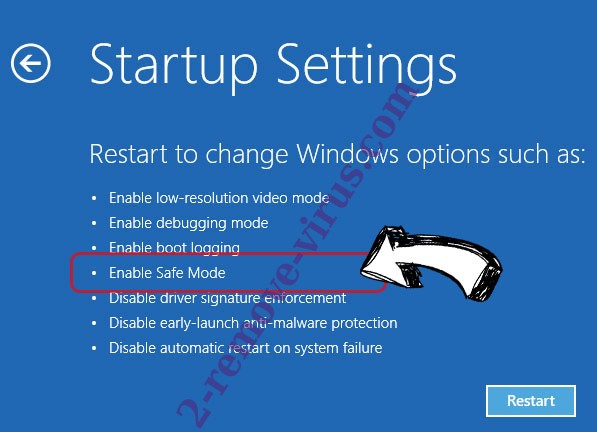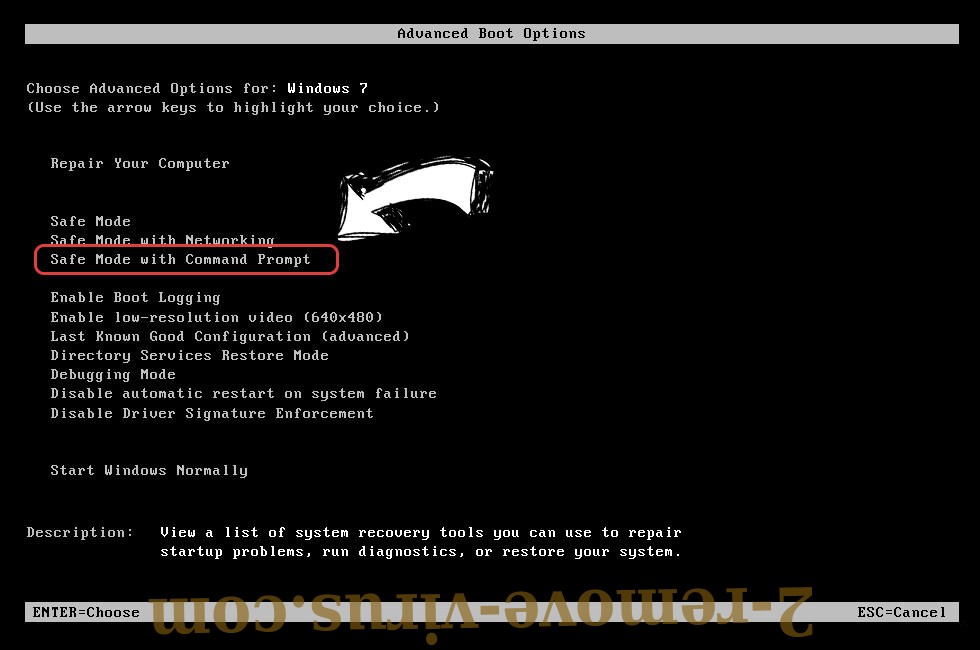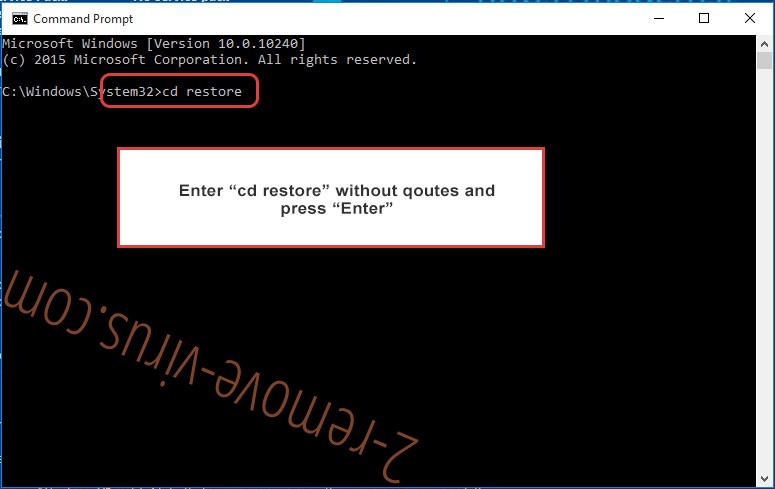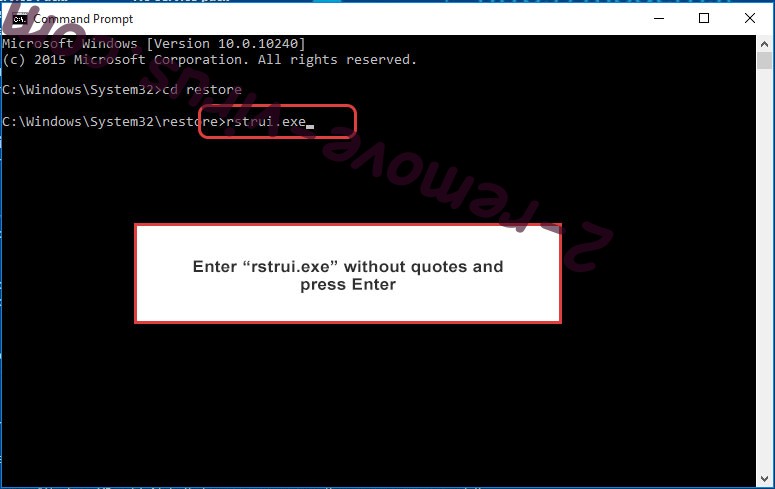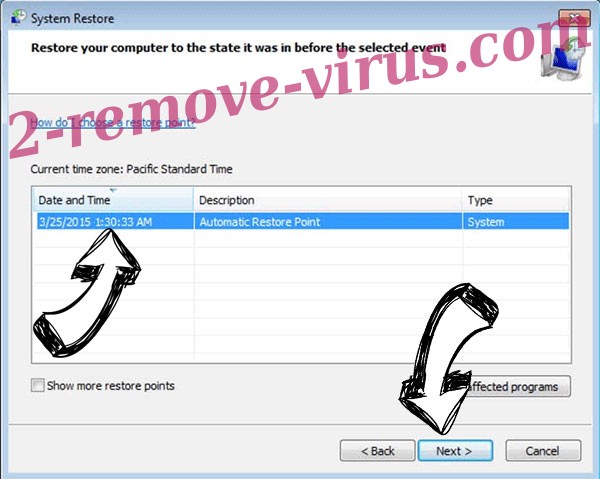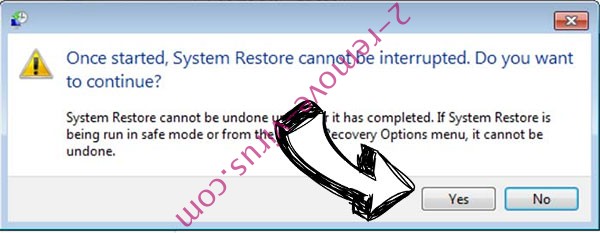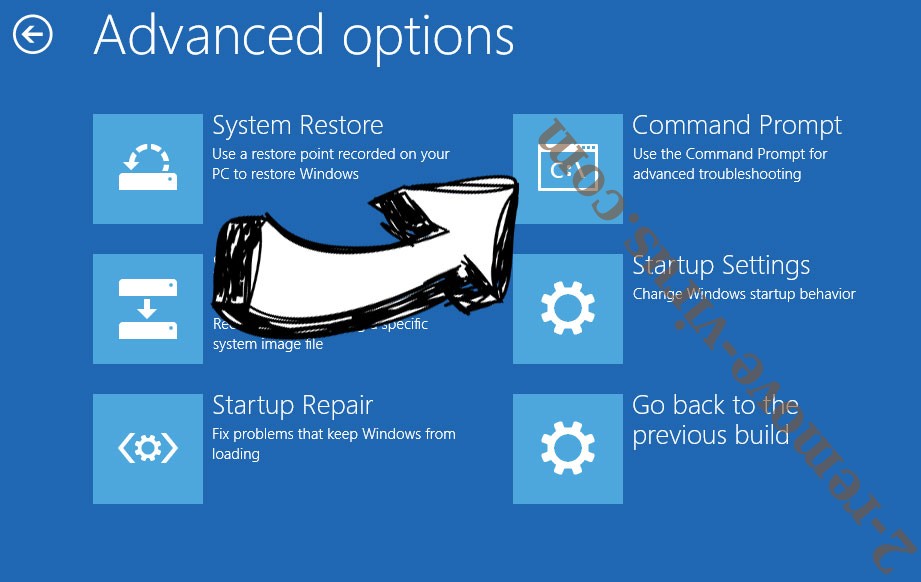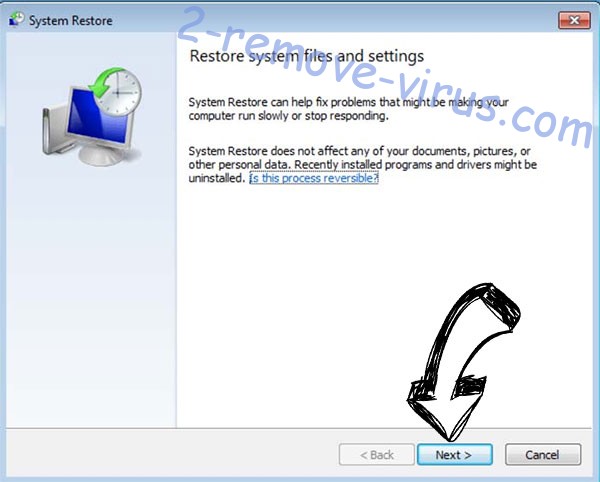Aayu ransomware is one of the most recent versions of the Djvu/STOP ransomware. It’s a file-encrypting piece of malware that will take files hostage and demand $980 in exchange for a decryptor. Encrypted files will have .aayu added to them, hence why it’s known as Aayu ransomware. The ransomware will drop a _readme.txt ransom note once file encryption is finished. Without using a decryptor on them first, you won’t be able to open encrypted files. However, acquiring the decryptor is difficult because only the malware operators have it. They will try to sell it to you, but there is no assurance you will actually get it, so paying the ransom is not a good idea. Even if you receive a decryptor, it won’t necessarily work.
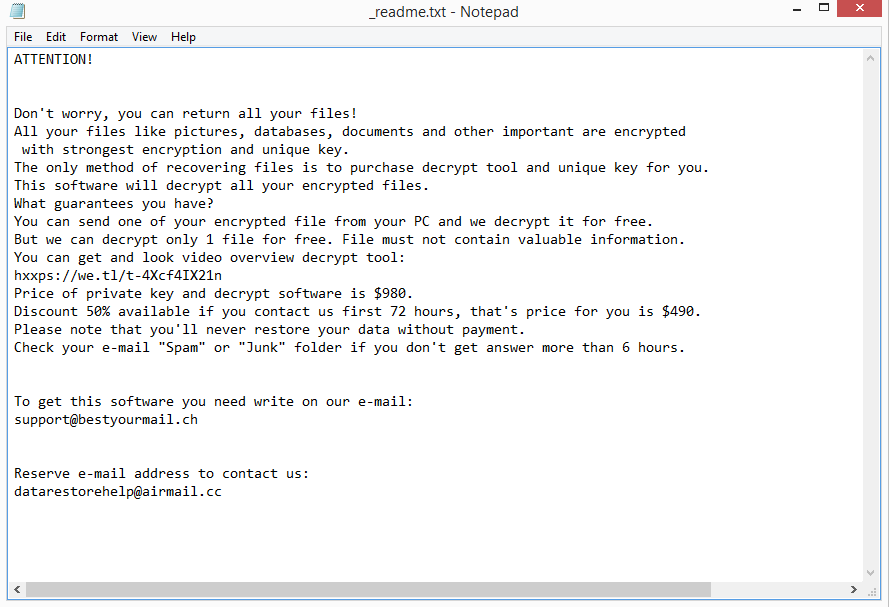
The Aayu ransomware encrypts files and adds .aayu to them. The ransomware mainly targets personal files, so all images, videos, documents, and the like will be encrypted. An encrypted text.txt file, for instance, would become text.txt.aayu. All folders containing encrypted data will have a _readme.txt ransom note once the encryption process is finished. The note explains where to get the decryptor for the Aayu ransomware. Sadly, it requires paying a $980 ransom. You should also be skeptical of the supposed 50% discount offered to victims who contact cyber criminals within the first 72 hours. In general, it is not a good idea to trust hackers to send you the Aayu ransomware decryptor even if you pay. There is nothing truly preventing the malicious actors from simply taking your money. It has happened to many victims in the past.
It is currently not possible to recover files without a backup for free. Although free decryptors are frequently provided by malware researchers to aid ransomware victims, this isn’t currently possible for this ransomware. Versions of the Djvu/STOP ransomware encrypt files using online keys, so each victim has a unique key. A decryptor will not work for you without your specific key. Therefore, a free Aayu ransomware decryptor is unlikely unless those keys are made available by the cybercriminals themselves. And although it’s worth a shot, Emsisoft’s free decryptor for Djvu/STOP is unlikely to work.
As soon as you delete Aayu ransomware from your computer, you can begin recovering files if you have saved them in a backup. Use a reliable anti-virus program for that; otherwise, you run the risk of further harm to your device.
How does ransomware infect computers?
Malware infections can infect a computer in a variety of ways. In many cases, it’s users’ bad browsing habits that lead to malware infections. For example, if you open random email attachments, click on unknown links, use torrents to download copyrighted content, etc., you have a high risk of picking up a serious infection.
Users opening infected email attachments is one of the most common ways malware infects computers. It’s not uncommon for emails containing malicious attachments to be disguised to look like emails sent by legitimate companies, although the attempts are often quite poor. Such emails are not particularly dangerous as long as the attachments remain unopened. They’re also quite easy to recognize as long as you know what to look for. Grammar and spelling mistakes in emails that are supposedly sent by well-known companies are the most obvious sign. For instance, if you receive an email from a supposed parcel delivery business but it has very obvious grammatical errors, it is probably malicious. You will rarely find mistakes in legitimate emails sent by companies because they look unprofessional.
Generic words like “User”, “Member”, and “Customer” being used in place of your name is another indication that you might be dealing with a malicious email. You will always be addressed by name in emails from businesses whose services you use since it makes the correspondence feel more personal.
A malicious email can also be identified by the sender’s email address. So, that’s the first thing you should check when you receive an unsolicited email that asks you to do something. The email is probably malicious if the address appears random. However, even if an email address appears to be valid, you should still check to determine if the sender is actually who they claim to be.
It’s important to note that malicious spam campaigns can occasionally be very sophisticated. Cybercriminals can make their malicious emails appear considerably more convincing if they have access to specific personal information. Such an email would be error-free, address you by name, and include specific details that would lend the email more credibility. This is why it’s always recommended to scan all email attachments with anti-virus software or VirusTotal before opening them.
Torrents can also be used to spread malware. It’s no secret that torrent sites frequently lack proper moderation, allowing malicious actors to upload torrents containing malware. Malware is frequently found in torrents for movies, TV series, video games, and other entertainment content. Therefore, using torrents to download copyrighted content is not only illegal but also potentially harmful to computers.
Aayu ransomware removal
Aayu ransomware is a sophisticated infection so it’s recommended to use a good anti-malware program to remove Aayu ransomware. Otherwise, you risk causing additional damage to your device. Once the ransomware has been fully removed, you can access your backup and start recovering your files.
For users who have no backup, file recovery will much more complicated, if not impossible. Unfortunately, there currently is no free Aayu ransomware decryptor. It’s not certain whether one will be released in the future but you won’t find one at the moment. Nonetheless, you should back up your encrypted files and wait for a free Aayu ransomware to be released. You can find all available decryptors on NoMoreRansom.
Aayu ransomware is detected as:
- Win32:PWSX-gen [Trj] by AVG/Avast
- Gen:Heur.Mint.Zard.53 (B) by Emsisoft
- A Variant Of Win32/Kryptik.HQVD by ESET
- Trojan.MalPack.GS by Malwarebytes
- Gen:Heur.Mint.Zard.53 by BitDefender
- HEUR:Trojan.Win32.Agent.gen by Kaspersky
- Trojan:Win32/Redline.MKU!MTB by Microsoft
- TROJ_GEN.R002C0PIJ22 by TrendMicro
Quick Menu
Step 1. Delete Aayu ransomware using Safe Mode with Networking.
Remove Aayu ransomware from Windows 7/Windows Vista/Windows XP
- Click on Start and select Shutdown.
- Choose Restart and click OK.

- Start tapping F8 when your PC starts loading.
- Under Advanced Boot Options, choose Safe Mode with Networking.

- Open your browser and download the anti-malware utility.
- Use the utility to remove Aayu ransomware
Remove Aayu ransomware from Windows 8/Windows 10
- On the Windows login screen, press the Power button.
- Tap and hold Shift and select Restart.

- Go to Troubleshoot → Advanced options → Start Settings.
- Choose Enable Safe Mode or Safe Mode with Networking under Startup Settings.

- Click Restart.
- Open your web browser and download the malware remover.
- Use the software to delete Aayu ransomware
Step 2. Restore Your Files using System Restore
Delete Aayu ransomware from Windows 7/Windows Vista/Windows XP
- Click Start and choose Shutdown.
- Select Restart and OK

- When your PC starts loading, press F8 repeatedly to open Advanced Boot Options
- Choose Command Prompt from the list.

- Type in cd restore and tap Enter.

- Type in rstrui.exe and press Enter.

- Click Next in the new window and select the restore point prior to the infection.

- Click Next again and click Yes to begin the system restore.

Delete Aayu ransomware from Windows 8/Windows 10
- Click the Power button on the Windows login screen.
- Press and hold Shift and click Restart.

- Choose Troubleshoot and go to Advanced options.
- Select Command Prompt and click Restart.

- In Command Prompt, input cd restore and tap Enter.

- Type in rstrui.exe and tap Enter again.

- Click Next in the new System Restore window.

- Choose the restore point prior to the infection.

- Click Next and then click Yes to restore your system.

Offers
Download Removal Toolto scan for Aayu ransomwareUse our recommended removal tool to scan for Aayu ransomware. Trial version of provides detection of computer threats like Aayu ransomware and assists in its removal for FREE. You can delete detected registry entries, files and processes yourself or purchase a full version.
More information about SpyWarrior and Uninstall Instructions. Please review SpyWarrior EULA and Privacy Policy. SpyWarrior scanner is free. If it detects a malware, purchase its full version to remove it.

WiperSoft Review Details WiperSoft (www.wipersoft.com) is a security tool that provides real-time security from potential threats. Nowadays, many users tend to download free software from the Intern ...
Download|more


Is MacKeeper a virus? MacKeeper is not a virus, nor is it a scam. While there are various opinions about the program on the Internet, a lot of the people who so notoriously hate the program have neve ...
Download|more


While the creators of MalwareBytes anti-malware have not been in this business for long time, they make up for it with their enthusiastic approach. Statistic from such websites like CNET shows that th ...
Download|more
Site Disclaimer
2-remove-virus.com is not sponsored, owned, affiliated, or linked to malware developers or distributors that are referenced in this article. The article does not promote or endorse any type of malware. We aim at providing useful information that will help computer users to detect and eliminate the unwanted malicious programs from their computers. This can be done manually by following the instructions presented in the article or automatically by implementing the suggested anti-malware tools.
The article is only meant to be used for educational purposes. If you follow the instructions given in the article, you agree to be contracted by the disclaimer. We do not guarantee that the artcile will present you with a solution that removes the malign threats completely. Malware changes constantly, which is why, in some cases, it may be difficult to clean the computer fully by using only the manual removal instructions.
